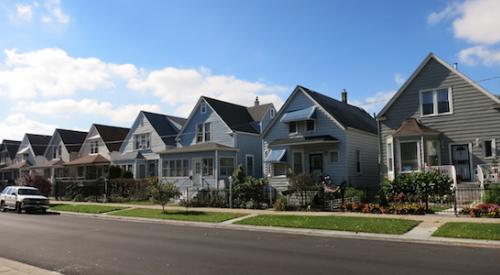A new study from online loan marketplace Lending Tree looks at home price inequality in a community using a statistical tool, the Gini coefficient, to measure price distribution in 50 U.S. metros.
The study finds that metros with a greater range of home prices, those that are most unequal in their price distribution, offer a wider variety of homebuyers, allowing them to enter the market more easily, especially at lower price points. MarketWatch reports that Rust Belt cities like Detroit, St. Louis, and Indianapolis are "the most unequal," due in part to declining populations and fewer high-priced homes. LendingTree’s chief economist Tendayi Kapfidze explains that more equal markets like Denver, Salt Lake City, and Portland, Ore., have “lower-priced homes being bid up because of demographics and income."
There are some big caveats to the notion that more homes at cheaper prices is a panacea. Among other things, LendingTree’s analysis, which Kapfidze calls “whimsical,” doesn’t take into account incomes in each of the metros it surveyed. He thinks there’s room for a follow-up or two. Another consideration: lenders are usually reluctant to make small mortgages. Each time they write a loan, there are fixed costs, so if they can’t recoup that money through interest payments on the mortgage, or from the kind of banking relationship that may come with a customer who qualifies for a big home loan, they often avoid mortgages lower than $70,000 or so.













